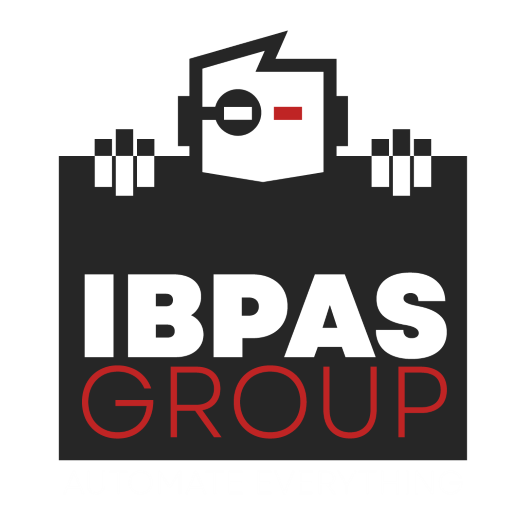RPA and IDP
Power of Intelligent Document Processing (IDP) with Robotic Process Automation (RPA)
Introduction:
In the era of digital transformation, businesses are constantly seeking ways to automate and streamline their operations. Robotic Process Automation (RPA) has emerged as a key technology to automate repetitive tasks and increase efficiency. However, RPA alone cannot always handle the complexities of unstructured data found in documents. This is where Intelligent Document Processing (IDP) comes into play. In this blog post, we will explore the synergy between IDP and RPA and how they can transform your business processes.
What is Intelligent Document Processing (IDP)?
IDP is an advanced technology that combines artificial intelligence (AI), machine learning (ML), and natural language processing (NLP) to automatically identify, classify, and extract relevant data from unstructured documents. These documents may include invoices, purchase orders, contracts, and more. IDP enables businesses to process and analyze large volumes of documents more efficiently, providing valuable insights to drive informed decision-making.
The Role of RPA in IDP:
RPA serves as the backbone for IDP, as it automates the workflow associated with document processing. By integrating IDP into RPA solutions, businesses can enhance their automation capabilities and tackle complex document-related tasks. Here’s how RPA and IDP work together to create a powerful automation solution:
1. Document Ingestion
RPA bots can automatically fetch documents from various sources, such as email attachments, shared drives, or cloud storage. This reduces the time and effort required to manually locate and organize documents.
2. Document Classification and Pre-processing
IDP technology classifies the documents based on their content and structure. RPA bots then apply pre-processing techniques, such as Optical Character Recognition (OCR), to convert scanned documents and images into machine-readable text.
3. Data Extraction
IDP algorithms identify and extract relevant information from the documents. This data is then structured and validated by RPA bots, ensuring its accuracy and completeness.
4. Data Integration
Finally, RPA bots integrate the extracted data into other systems, such as Enterprise Resource Planning (ERP), Customer Relationship Management (CRM), or accounting software. This automates the entire end-to-end process, from document ingestion to data integration.
Benefits of Combining IDP and RPA:
1. Increased Efficiency and Accuracy
By automating the entire document processing workflow, IDP and RPA significantly reduce manual intervention, saving time and minimizing errors. This leads to increased efficiency and accuracy in data extraction and processing.
2. Enhanced Compliance
IDP ensures that all relevant information is captured and stored in a standardized format, making it easier for businesses to meet regulatory and compliance requirements.
3. Scalability
The combination of IDP and RPA is highly scalable, allowing businesses to handle increasing volumes of documents and adapt to changing requirements as they grow.
4. Cost Savings
By automating document processing tasks, businesses can reduce labor costs and minimize expenses associated with document storage and retrieval.
5. Competitive Advantage
Embracing IDP and RPA technologies positions businesses as leaders in innovation and digital transformation, providing a competitive edge in the market.
Conclusion:
Intelligent Document Processing (IDP) and Robotic Process Automation (RPA) together offer a powerful solution to automate and optimize document-related processes. By combining the strengths of both technologies, businesses can unlock new levels of efficiency, accuracy, and compliance while reducing costs and gaining a competitive advantage. Don’t miss the opportunity to harness the power of IDP and RPA to revolutionize your business processes and drive growth.
See the power of our RPA Bots and our IDP offering from our partner ElectroNeek product IntelliDocs. See the demo on our YouTube channel.

